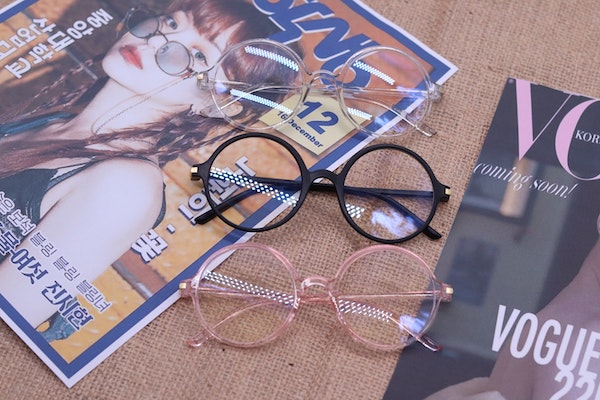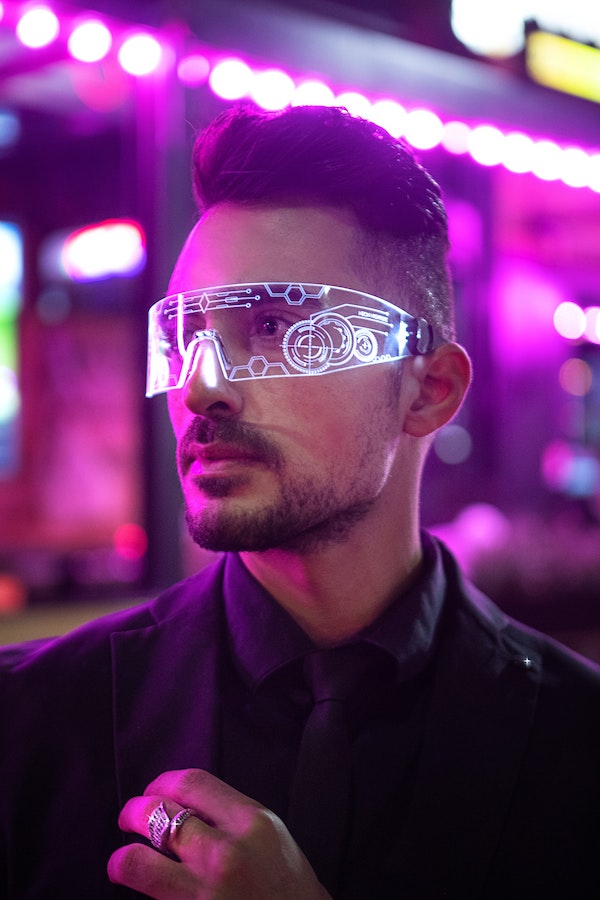DOSSIER - How the optical sector has transformed in 10 years

The decade which has just passed has profoundly transformed the optical sector . Like a symbol, it ended in a strange atmosphere, while confinement stretched out its arms to us. While concern was set before the recovery, it was very strong, showing that the sector had strengthened considerably.
Subsequently, optics and eyewear was considered an essential activity during the second wave. The change that took place over 10 years will not stop because the crisis is over. Even less by the arrival of the Covid. If we had previously put our finger on innovations and customer service , these are only the tip of the iceberg, as the transformation has been important.
In any case, the planetary crisis which affects us allows us to take stock of this transformation of the optical sector. Despite the uncertainties, the only thing certain is that few could have predicted it.

The place of the optician in a transformed optical sector: a rehabilitation?
The previous decade had in a way placed the optician in the rank of salesman, in the pejorative sense of the term. This was without counting on the difficulty of access to healthcare for all. While the appointment times with the ophthalmologist are getting longer and longer, historic decrees make refractive examinations possible by the optician.
As a bonus, they have the possibility given, except where specified by the texts, to adapt the optical corrections . If these decrees were drawn up between ophthalmologists, opticians and manufacturers, they do not however fully modify the status of the optician.
Even so, the idea is not to modify it but rather to make it understood that the role of the optician is profoundly complementary to that of the ophthalmologist . Trained and competent, the optician remains an expert in optics and eyewear and finds himself, well some would say, considered as such.
The optician in the media: a 180-degree turn
The place occupied by the optician, and optics in general in the media, between the 90s and 2010, is standardized . New in 1990, it tarnished after 2000. Like fast food or perfumes, we note that the competition is tough and that the players copy each other. The innovations of Alain Afflelou respond to the endorsement strategies of Krys or Optic 2000.

Fortunately, the grip by generation Y changes the situation. In an ultra-digitized decade, the arrival and emergence of social networks offer an almost endless range of possibilities. This is the perfect opportunity to change the image of the optician , like the eyewear manufacturer.
However, starting on the web is difficult. The reason ? The growing number of opticians offers easy access to the physical store . As an added bonus, making it clear that buying glasses and fitting them on can be done online is first of all sounding crazy. Never mind, as Generation Y enters the workforce, they have confidence in digital tools.
The media is phygital!
The digital struggles with the physical? No problem ! Here is the era of phygital . The crossing, the hybridization of these two worlds becomes a powerful lever of growth . What if the store is no longer the problem, but the ideal complement? Basically, we favor the advantages of digital with infinite ranges and we associate them with those of the physical store.
Bingo! User experience is enhanced. He is no longer afraid of being detached from his convenience store. On the contrary, it strengthens its notoriety , follows it on social networks, and shares news. In 2021, optical brands are literally a hit on social networks.

In addition to the number of subscribers, there is a constant presence and above all the possibility of letting the consumer discover new products, innovations and offers at their own pace. Who would have thought at the end of the 2010s that an official optician page could bring together 30,000 subscribers ?
For the professional, it's give and take. It improves the follow-up of its customers, goes digital to improve loyalty. He struggled a little with these technological advances before identifying all their strengths. And make it an impressive diversity tool for the customer journey.
A training that is refined
Training is also one of the areas that has transformed the optical sector . While only five establishments offered the BTS Optique-Lunetterie in the 90s, this number has increased considerably to now reach around a hundred. If the number of registrants and graduates has fallen somewhat in recent years, the record was set in 2011 with 2380 received.
This consistent number of graduates has greatly rejuvenated the population of opticians entering the workforce. But we have to recognize the other side of the coin. Faced with strong competition and the arrival of a professional baccalaureate in Optics and Eyewear in 2010 , demand has grown and has had a negative effect on the remuneration of newcomers.

Of course, this new youth and this consequence in terms of salary has forced the transformation of the sector. The entrepreneurial spirit of this generation has led some of them to think outside the box and imagine a different profession, both in the manufacture of the products and in the proposed offer .
From 2015, the Voynet report proposes an in-depth reform of training in Optics and Eyewear. This time, we are heading towards a master's degree. In the end, the CNOF (National College of Opticians of France) certifies the diploma in three years, but the debates are still raging. What is certain is that the question of training will remain, in this new decade which is beginning, on a corner of the table.
A mess of innovations
The advent of GAFA , specific to a real digital revolution, has of course revealed multiple ambitions and investments . While smart phones hit the mark when they were released in 2005, tech quickly turned to other connected objects.

Watches then glasses become social objects, and even if optical frames are slow to perfect and become more democratic, a step backwards has never been the order of the day. Above all, the marketing of the latest innovations in the optical sector has accelerated considerably over the past five years.
And glasses are not the only ones to benefit from this digital revolution. Lenses, accessories, mobile applications have germinated in the brains of start-ups to improve the socialization of visually impaired people , taking measurements at the optometrist or even autofocus glasses.
[ =] There is no doubt that many innovative ideas are still in the research and development phase and that the coming decade should confirm this point, which therefore materialized strongly during the years 2010-2020.
[ =]
The decade of 2010 has spread to the top of the years that will count in the optics sector, which has been profoundly transformed. Few were those who have known so many upheavals, whether legislative, generational or digital. The fact remains that the sector, if it has transformed, has shown remarkable resilience and extraordinary agility.
Faced with the uncertainties of these in recent months, this point has shown its full force and augurs well for a number of new changes.
Source: Essentiel de l'Optique, Le Figaro


